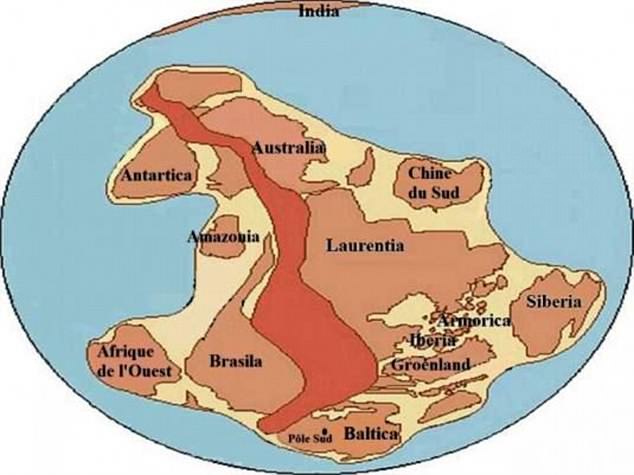Read articles that feature this panel
 Scientists uncover 3.22 billion year old microbes in South Africa that push back estimates of when terrestrial life started on Earth by 500...
Scientists uncover 3.22 billion year old microbes in South Africa that push back estimates of when terrestrial life started on Earth by 500...
Scientists found the fossilised remains, which existed when our young planet was still dominated by oceans, on the Barberton Greenstone Belt...
 What Earth looked like 2.4 billion years ago: Scientists reveal how continents first emerged out of the ancient waterworld and transformed...
What Earth looked like 2.4 billion years ago: Scientists reveal how continents first emerged out of the ancient waterworld and transformed...
Researchers led by Ilya Bindeman from the University of Oregon tracked these dramatic changes by looking at chemical changes shale - the...
 How Earth got its crust: Researchers find ancient asteroid impacts formed gigantic pools of molten rocks that eventually formed Earth's...
How Earth got its crust: Researchers find ancient asteroid impacts formed gigantic pools of molten rocks that eventually formed Earth's...
It occurred more than 3.8 billion years ago, in a time period called the Hadean eon, and the giant pools were tens of kilometres thick, and...
Most watched News videos
- TikTokers provide inside look at the line for Bonnie Blue's marathon
- Man declares 'mission accomplished' as he gives Bonnie Blue a cap
- Incredible moment homeless mum dog carries dying pup to vets
- Moment Russian influencer throws two-month-old son into a snowdrift
- Shocking moment transgender girl is set upon by masked teenage mob
- Shocking moment woman hits a police officer and leaves her in tears
- Fiery debris falls over Turks and Caicos Islands after SpaceX explosion
- Woman is arrested for bad behavior at Ohio car wash
- Moment 'trans hate mob' ringleader Summer Betts-Ramsey is arrested
- Shocking moment transgender girl is set upon by masked teenage mob
- Brazilian martial artist tackles handbag thief to the ground
- California grandma remains positive despite losing home in fires














































































































































































































































